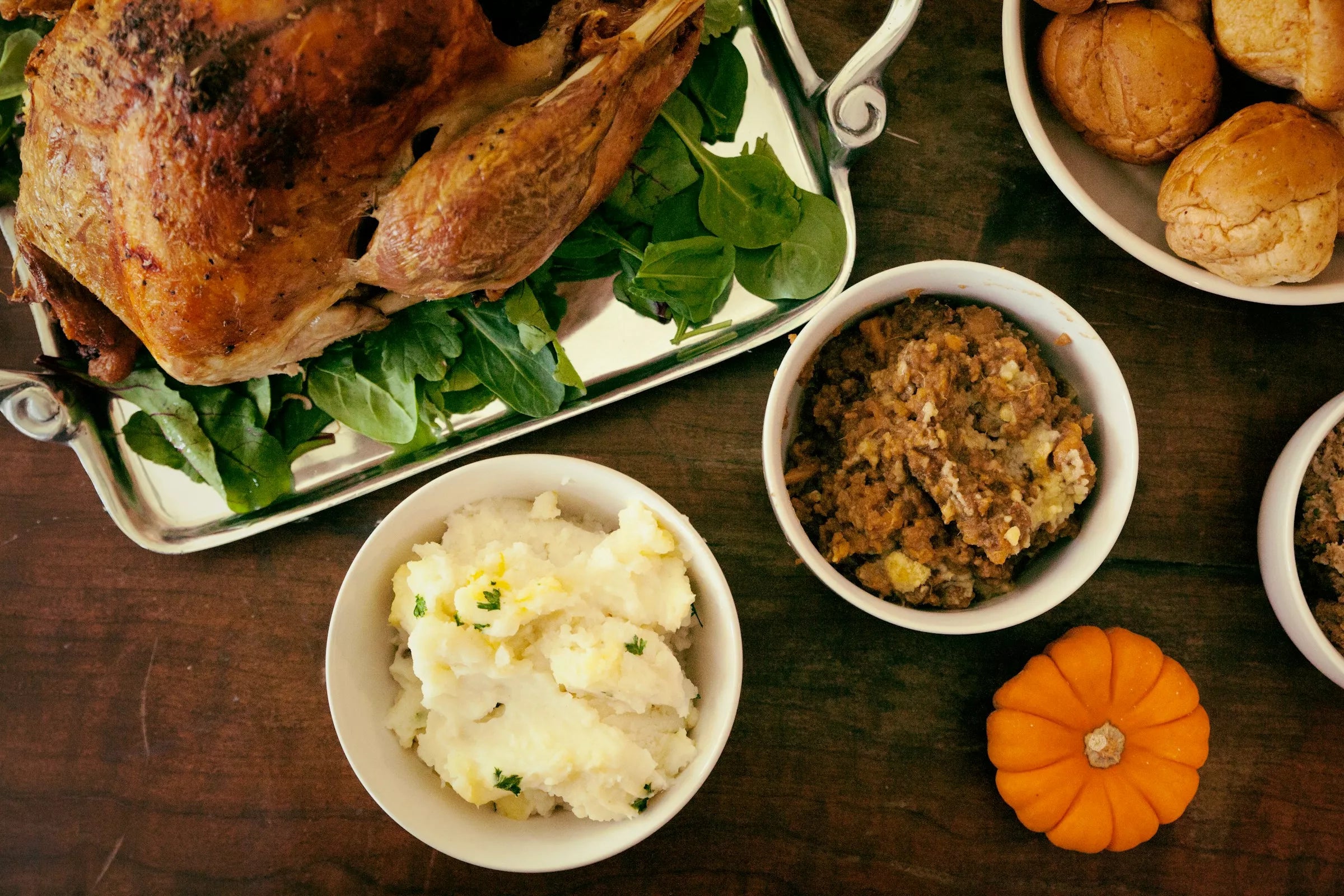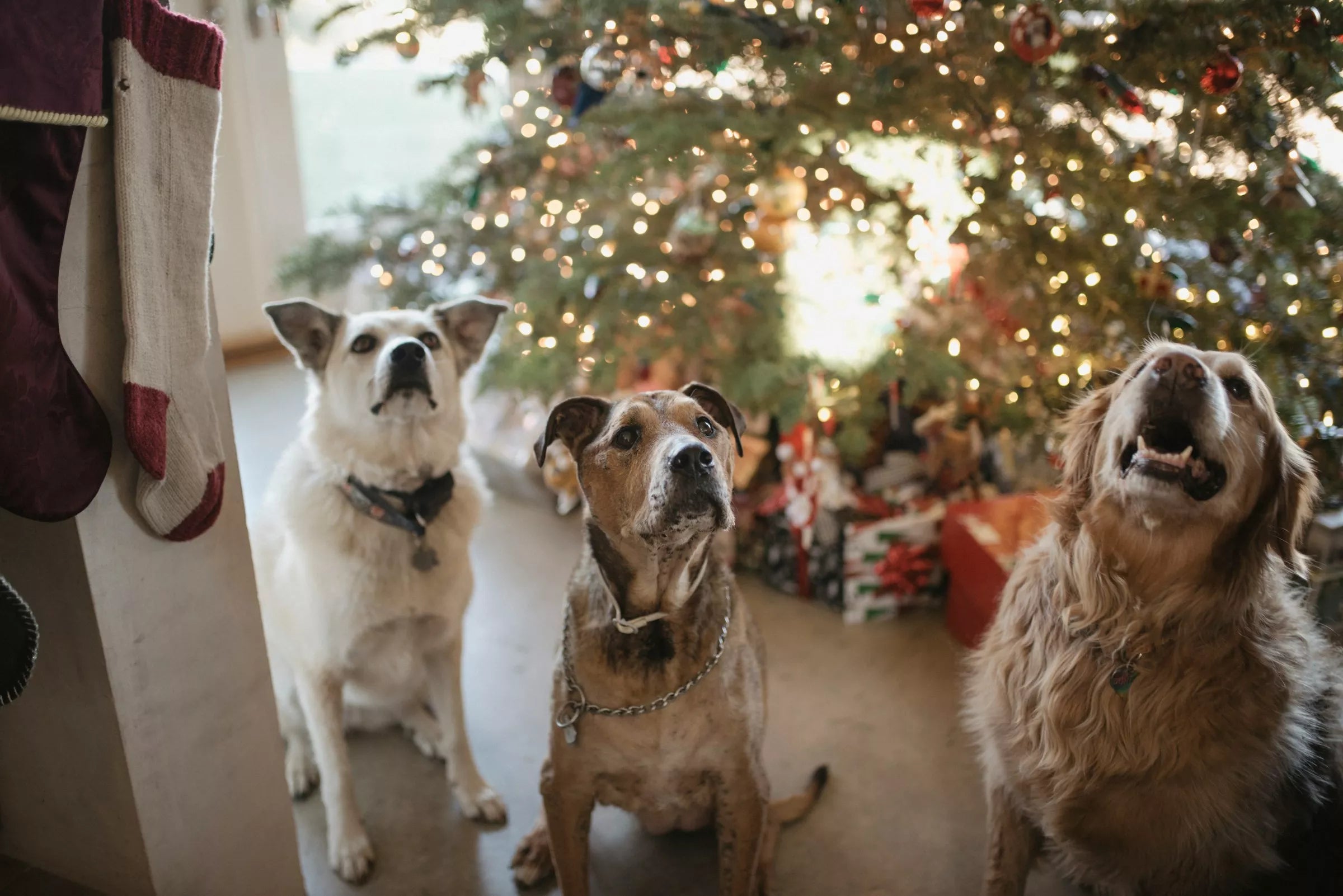Introduction
As a caring dog parent, you've probably asked yourself at some point, "When is the right time to switch my dog to senior dog food?" Like us, our furry friends go through different life stages that call for different needs, from puppyhood to their golden years. Figuring out when to make that change can feel a bit tricky, but knowing how to recognize the signs and understanding why this change matters can help you keep your dog healthier and happier for longer.
Understanding When a Dog Becomes a Senior

Most veterinarians consider a dog to be a “senior” around the age of seven, but this depends on their size and breed. Larger breeds like Great Danes or Mastiffs age faster, often becoming seniors around five or six. Smaller breeds like Dachshunds or Chihuahuas might not be considered senior until they’re closer to nine or ten.
Understanding your dog’s aging process is essential. Just like we see changes as we age, dogs also go through their own shifts. You might notice a slight decrease in their energy levels, some stiffness after a nap, or maybe they don’t seem quite as interested in rough play as they once did. These are natural parts of aging, and it's in these moments when nutrition plays an even bigger role in supporting their health.
Why Switching to Senior Dog Food Matters
As dogs age, their bodies and nutritional needs change. Senior dog foods are specifically formulated to support the changes that come with age. This food often has:
- Lower calories: Older dogs are usually less active, which means they don’t burn as many calories. A lower-calorie diet helps prevent weight gain, which can add stress to aging joints.
- Increased fiber: Senior dog foods often have higher fiber to promote smooth digestion, as constipation can sometimes be an issue for older dogs.
- Joint support: Ingredients like glucosamine and chondroitin help support joint health, which is essential as dogs age and may experience arthritis or joint pain.
- Antioxidants: These help combat free radicals that can damage cells, supporting a stronger immune system and healthy aging.
Signs It Might Be Time to Switch to Senior Food

Here are some signals your dog may be giving you that it’s time to consider senior food:
-
Slower Activity Levels
If your dog isn’t chasing that ball like they used to or seems to prefer lounging over running around, a senior formula can help manage their energy needs without adding extra weight. -
Weight Changes
Weight gain is common in older dogs, especially if they’ve slowed down. If you notice your dog is putting on a few extra pounds, a lower-calorie senior food might be just what they need to maintain a healthy weight. -
Stiffness and Joint Discomfort
As dogs age, they can develop arthritis or stiffness. Senior dog food often contains joint-supporting nutrients like glucosamine and chondroitin, which can help make them feel more comfortable. -
Digestive Issues
Older dogs might have more sensitive stomachs and experience issues like constipation. The higher fiber content in senior dog food can promote better digestion. -
Dental Changes
If your dog is having trouble chewing, it could be a sign of dental issues that come with age. Senior formulas are often softer and easier to chew, making mealtime more comfortable.
Choosing the Right Senior Dog Food
When you’re ready to make the switch, it’s worth taking some time to pick a high-quality senior dog food. Here are a few things to look for:
- Real meat as the main ingredient: Protein should be a primary focus to help maintain your dog’s muscle mass.
- Healthy fats, like omega-3s: These help support healthy skin, coat, and joints.
- No unnecessary fillers: Avoid food with too many fillers like corn or soy, which don’t add much nutritional value.
- Fortified with vitamins and minerals: Key vitamins and minerals, especially antioxidants, help support immune health.
How to Transition to Senior Dog Food

Switching foods can be a bit of a process, and it’s important to take it slowly to avoid upsetting your dog’s stomach. Here’s a simple way to make the switch:
-
Start with a 25% Mix
For the first few days, mix about 25% of the senior food with their current food. This gives their digestive system time to adjust. -
Increase to 50%
After about three days, increase to a 50-50 mix. Monitor your dog for any digestive changes. -
Move to 75%
By day six or seven, you can try a 75% mix of the new food. -
100% Transition
If all goes well, by the end of two weeks, your dog should be eating their new senior food completely.
Consult Your Vet for a Personalized Approach
Every dog is unique, and what works well for one may not be the best choice for another. This is why it’s always a good idea to consult with your veterinarian before making a big change in your dog’s diet. They can offer recommendations based on your dog’s specific needs, breed, weight, and health condition.
Senior Dog Food Options: What Are the Choices?
There are various types of senior dog foods available. Here’s a quick overview:
-
Dry Kibble
Dry kibble is a popular option due to its convenience, long shelf life, and affordability. Many high-quality senior dry dog foods are available that cater specifically to joint health, digestion, and weight control. -
Wet Food
Wet food can be an excellent option, especially if your dog has dental issues or struggles to chew kibble. It’s also a bit more flavorful and can tempt picky eaters. -
Grain-Free and Limited Ingredient Diets
If your dog has specific allergies or sensitivities, grain-free or limited-ingredient senior formulas might be a great choice. These diets are easier on sensitive stomachs and can reduce food-related allergy symptoms. -
Homemade or Fresh Diets
Some dog parents prefer fresh food options or even homemade diets. These diets can be very nutritious if properly balanced, though they require more time, effort, and sometimes a bit of guidance from your vet to ensure your dog is getting all the nutrients they need.
Signs Your Dog is Thriving on Senior Food
Once you’ve made the switch, keep an eye out for positive changes! Here are some signs that your dog is doing well with their new diet:
- Healthy weight and energy levels
- Improved coat shine and softness
- Comfortable movement, with less stiffness
- Good digestion, with regular, healthy bowel movements
These small changes can make a big difference in your dog’s overall happiness and health, helping them enjoy their golden years with as much joy and vitality as possible.
The Emotional Aspect of Switching to Senior Food
It can feel bittersweet to realize that your dog is entering their senior years, but feeding them the right food is one of the best ways to support them through this stage. Their loyalty, love, and companionship mean the world, and by making sure they have the right nutrition, you’re ensuring that their aging process is as comfortable and joyful as it can be.
Conclusion
Switching to senior dog food is a simple but meaningful way to care for your aging dog. By choosing the right food, transitioning gradually, and monitoring their health, you’re setting them up for success in this next stage. Remember, every stage of your dog’s life is precious, and with the right care, they can enjoy these years with good health and vitality.
FAQs
-
What age is considered “senior” for a dog?
This varies by breed and size, but generally, most dogs are considered senior around the age of seven. Larger breeds may be considered senior as early as five or six, while smaller breeds may not reach this stage until nine or ten. -
Can senior dog food help with arthritis?
Yes, many senior dog foods include joint-supporting ingredients like glucosamine and chondroitin that can ease arthritis discomfort. -
Should I switch my dog gradually to senior food?
Absolutely. Gradual changes over a period of one to two weeks help prevent stomach upset. -
Can I feed my dog homemade senior food?
Yes, but it’s essential to consult with a vet to ensure they’re getting all the necessary nutrients to support their health. -
Do small dogs need senior food later than larger dogs?
Often, yes. Smaller breeds tend to have longer lifespans and age slower than larger breeds, meaning they may not need senior food until closer to nine or ten.















Share:
3 Basic Commands Every Dog Parent Should Master
5 Signs Your Dog Needs More Mental Stimulation